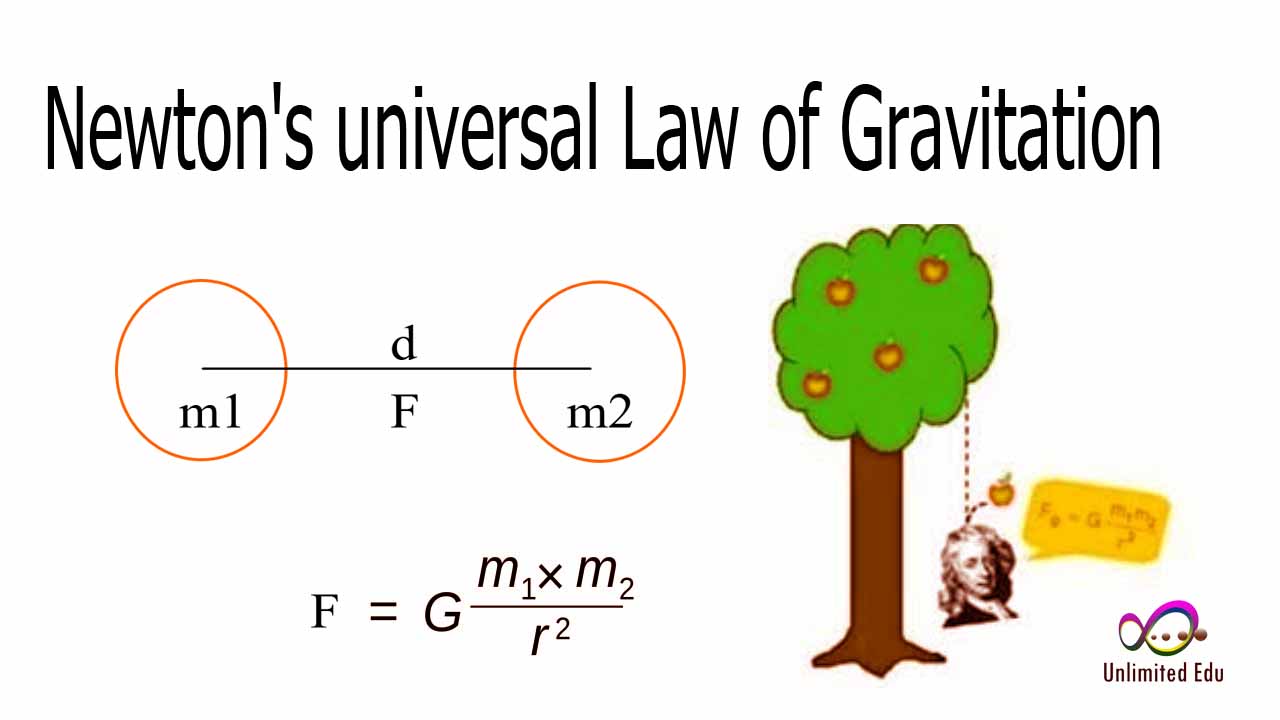The universe is a fascinating realm of interactions, particularly when it comes to the fundamental principles of physics that govern the behavior of objects. One intriguing aspect of these interactions is the concept of objects decreasing the distance between them, which in turn, affects the gravitational mass of the objects involved. This dynamic is pivotal in understanding how celestial bodies interact and influence each other's movements, especially in the vastness of space. As objects come closer together, their gravitational attraction intensifies, leading to a variety of phenomena that can be observed both on a cosmic scale and in everyday life.
When we think about mass and distance, we often consider the implications of these factors in various contexts. For example, in astrophysics, the gravitational pull between two stars becomes significantly stronger as they orbit closer to each other, which can lead to dramatic changes in their trajectories and even result in the formation of binary star systems. Similarly, on a smaller scale, these principles apply to objects on Earth, where the gravitational forces can influence everything from the motion of satellites to the behavior of everyday objects.
Understanding the principle of objects decreasing the distance between the objects increasing the mass of not only deepens our knowledge of physics but also enhances our comprehension of how the universe operates. This article delves into this captivating subject, exploring the various aspects of gravitational interaction, the role of mass in these interactions, and the broader implications for science and technology. From theoretical concepts to real-life applications, we will uncover the significant impact of these dynamics on our understanding of the physical world.
What Happens When Objects Decrease Their Distance?
As objects move closer together, several physical phenomena occur. The fundamental force that comes into play is gravity, which is directly proportional to the mass of the objects involved. When the distance between two objects decreases, the gravitational force between them increases, leading to potential changes in their motion and interaction. This principle is crucial for understanding the behavior of celestial bodies, such as planets and stars, as well as smaller objects, including satellites and spacecraft.
How Does Mass Affect Gravitational Attraction?
Mass is a key factor in gravitational attraction. According to Newton's law of universal gravitation, the force of gravity between two objects is determined by their masses and the distance separating them. The formula can be expressed as:
F = G * (m1 * m2) / r²
Where F is the gravitational force, G is the gravitational constant, m1 and m2 are the masses of the two objects, and r is the distance between their centers. As objects decrease the distance between them, the gravitational force increases significantly, particularly if the masses are substantial.
What Are Real-World Examples of This Principle?
The principle of objects decreasing the distance between the objects increasing the mass of can be observed in various real-world scenarios:
- Satellites and Earth: As satellites orbit closer to Earth, they experience stronger gravitational forces, which impacts their speed and trajectory.
- Binary Stars: In binary star systems, the gravitational pull between two stars can lead to an exchange of mass and energy, affecting their evolution.
- Black Holes: The gravitational influence of black holes can pull surrounding objects closer, resulting in increased mass and energy around the black hole.
How Do Objects Decreasing Their Distance Influence Orbital Mechanics?
Orbital mechanics is a fascinating field that studies the motion of objects in space under the influence of gravitational forces. When objects decrease the distance between them, the dynamics of their orbits can change dramatically. For instance, in a binary star system, as two stars spiral closer together, their gravitational interaction can modify their orbital paths, potentially leading to the eventual merging of the two stars.
Can This Principle Be Applied to Space Exploration?
Absolutely! The principles of objects decreasing the distance between the objects increasing the mass of are integral to planning space missions. Understanding gravitational assists, for example, allows spacecraft to use the gravity of planets to gain speed and alter their trajectory, reducing fuel consumption and travel time. This technique has been pivotal for missions to distant planets and beyond.
What Are the Implications for Future Technologies?
The implications of this principle extend beyond our current understanding of physics. As technology advances, we may harness these gravitational interactions for innovative applications, such as advanced propulsion systems or even concepts related to gravitational waves. By further exploring how objects decreasing the distance between the objects increasing the mass of can be utilized, we could unlock new frontiers in space travel and exploration.
Summary: Understanding the Impact of Gravitational Dynamics
The intricate relationship between objects decreasing the distance between them and the resulting increase in mass is a cornerstone of gravitational physics. This principle not only enriches our understanding of the universe but also has practical applications in various fields, from astronomy to space exploration. As we continue to study these dynamics, we pave the way for future discoveries that could reshape our understanding of the cosmos and our place within it.
Conclusion: Embracing the Mysteries of the Universe
In conclusion, the exploration of objects decreasing the distance between the objects increasing the mass of reveals a captivating interplay of forces that govern our universe. By delving into the complexities of these interactions, we gain insights that extend beyond theoretical physics and into the realm of practical applications. As we stand on the brink of new discoveries, the mysteries of the universe continue to beckon us to explore further, encouraging a deeper appreciation for the forces that shape our existence.
You Might Also Like
Mastering Each Book Entry To Follow MLA Guidelines: A Word Describing The MediumRico And Chris: A Bond Beyond The Classroom
Understanding The Importance Of Timely Invoice Payments And Discounts
Unraveling The Tension: Understanding Conflict In Literature
Understanding The Supreme Court's Ruling In Korematsu V. US (1944)
Article Recommendations


